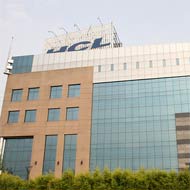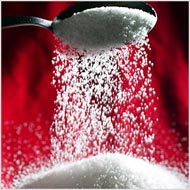
Riken Mehta
Moneycontrol.com
It has been a bearish start to the first week of the new financial year, with the
Sensex lighter by 400 points. The weakness spread to large caps as foreign-owned exchange traded funds are said to have been net sellers of equities, faced with redemption requests from their unitholders in home markets. This has further undermined sentiment, already weighed down by political uncertainty and a slowing economy.
US and Japanese shares are trading at multi-year highs and key European markets have stabilized after the initial nervousness over the bail-out of Cypriot banks.
Investors will now turn their attention to four key events next week.
1. April 10: Trade Balance Data - March
The trade balance data which is the net figure of India’s exports and imports for March, will signal how the annual current account deficit numbers will shape up for FY13. The current account deficit number hit a record high of 6.7 percent of GDP in the October-December quarter, driven mainly by huge trade deficit. The market will closely monitor this figure.
2. Indian Rupee
Another key variable to track will be the rupee. The currency, trading at one-month low, is unable to take advantage of
gold prices fallen to a 10-month low.
Gold import is one of the prime factors for record-high current account deficit. The other import constituent, Brent crude is trading close to $106.50 per barrel, a fresh five-month low.
3. April 12: Index of Industrial Production (IIP) - February
Index of Industrial Production (IIP) numbers for the month of February will be announced. The eight core industries growth, accounting for 38 percent of the IIP, contracted 2.5 percent in February, a record low performance in decades which should prepare the market for some depressing data. The IIP numbers for January was 2.4 percent, higher than the 1.2 percent estimated by a CNBC-TV18 poll.
4. April 12: Infosys - Fourth Quarter Earnings
Infosys will announce its fourth quarter numbers on April 12 and set the tone for the near term movement in IT shares. Angel Broking expects former IT bellwether’s EBITDA margins to decline by 91 basis points quarter-on-quarter to 27.6 percent, because of wage hike of 2-3% to onsite employees. The annual guidance for FY14 will be the deciding factor.




